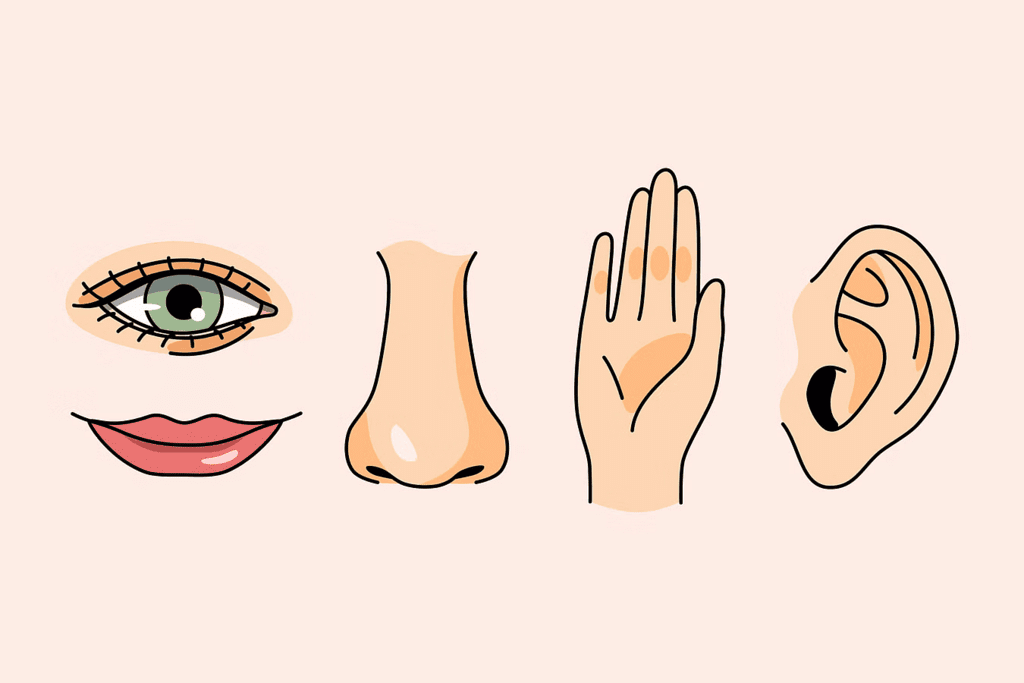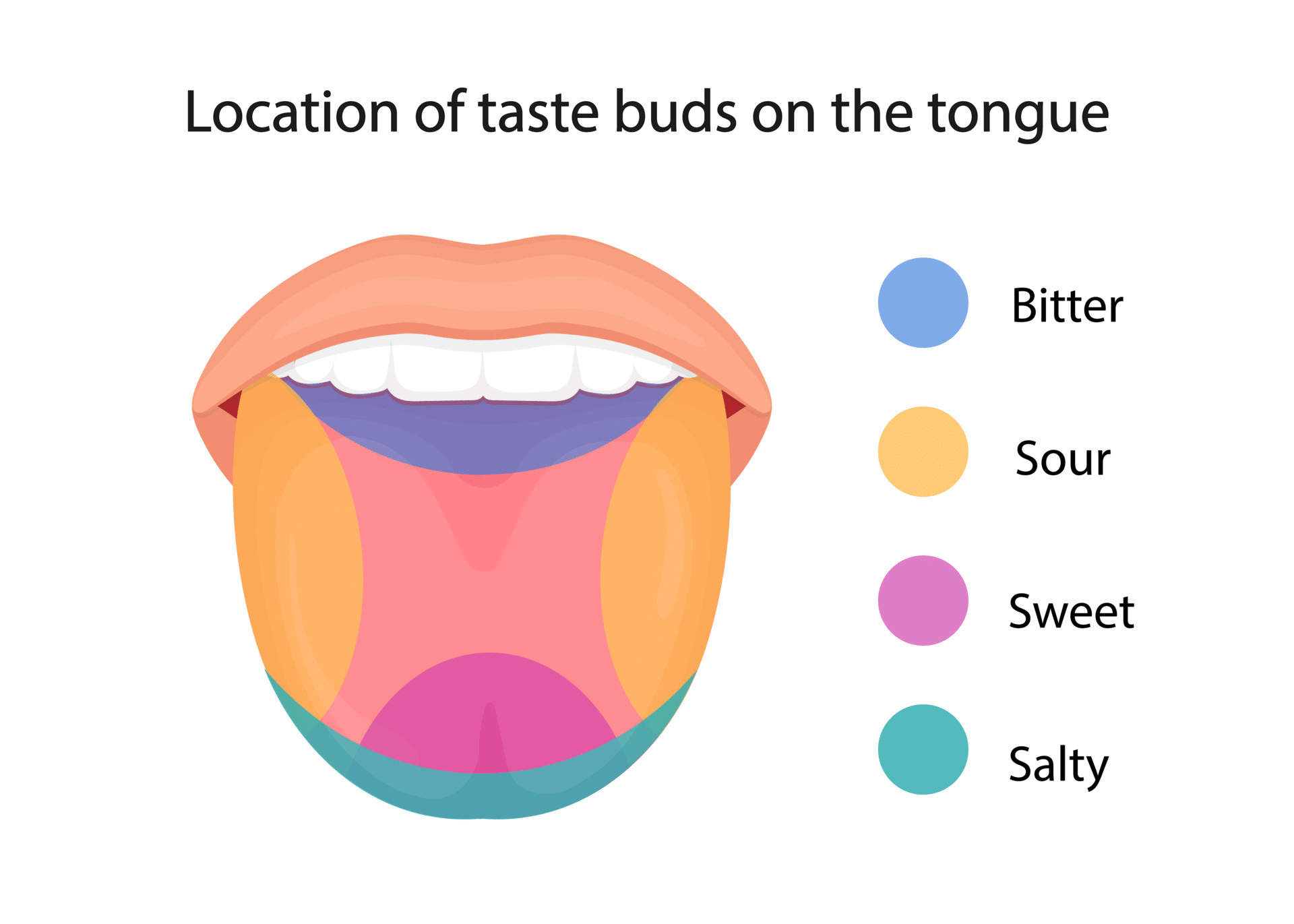Worksheet Solutions: Saying Without Speaking - 2 | EVS for Class 3 PDF Download
Section A: Multiple Choice Questions (MCQs).

(i) What is taught to children who cannot hear and speak in schools?
(a) Sign language
(b) Piano
(c) Dancing
(d) Drawing
Ans: (a)
Children who cannot hear and speak are taught sign language in schools.
(ii) How many groups should you divide yourselves into for playing the game?
(a) Ten
(b) Five
(c) Three
(d) Seven
Ans: (d)
For playing the game of Dumb Charades, you should divide yourselves into groups of seven.
(iii) What does the skin help us in doing?
(a) Seeing
(b) Hearing
(c) Feeling touch
(d) Smelling
Ans: (c)
The skin is a sensory organ that helps us feel touch.
(iv) What does the chapter "Saying without Speaking" primarily teach?
(a) Communication through facial expressions
(b) The importance of speaking clearly
(c) Sign language for the deaf and mute
(d) How to hear and speak effectively
Ans: (a)
The chapter focuses on non-verbal communication using facial expressions and actions.
(v) Which sense organ helps us in tasting and speaking?
(a) Eyes
(b) Ears
(c) Tongue
(d) Skin
Ans: (c)
The tongue is responsible for both tasting and speaking.

Section B: Fill in the Blanks.
(i) The tongue is a sensory organ that aids in tasting various flavors and in _______.
Ans: speaking
The tongue helps in tasting and speaking.
(ii) People who cannot hear or speak communicate through actions and by reading the lip movements of others. This form of communication is called _______ language.
Ans: sign
People who cannot hear or speak often communicate through sign language.
(iii) In this chapter, a game called Dumb Charades is played where participants communicate without _______.
Ans: speaking
In the game of Dumb Charades, participants communicate without speaking.
(iv) The chapter teaches us to convey messages without speaking using facial expressions and ________________.
Ans: Actions
The chapter emphasizes non-verbal communication through facial expressions and actions.
(v) Those who cannot see are referred to as ________________.
Ans: Blind
People who cannot see are commonly referred to as blind.

Section C: True or False.
(i) The skin is primarily responsible for hearing.
Ans: False - The skin is primarily responsible for sensing touch, not hearing.
(ii) Blind people are those who cannot hear.
Ans: False - Blind people are those who cannot see, not those who cannot hear.
(iii) The chapter mentions that the girl's sister who cannot hear is good at playing the guitar.
Ans: False - The chapter mentions that the girl's sister who cannot hear is good at playing the piano, not the guitar.
(iv) The chapter emphasizes the importance of having all five sense organs for effective communication.
Ans: True - The chapter highlights the role of various sense organs in communication.
(v) Deaf people are unable to speak.
Ans: True - Deaf individuals may have difficulty speaking because they cannot hear and learn spoken language.
Section D: Answer the following Questions.
(i) Have you ever seen someone expressing themselves through actions?
Ans: Yes, people who are dumb talk through actions
(ii) Look for children aged six to eight months in your neighbourhood. What are their ways of expressing themselves?
Ans: Face expressions and hand gestures are how they speak.
(iii) When is it necessary for people to talk in this manner?
Ans: People who are unable to speak talk in this manner.
(iv) Have you ever done something wrong, and your mother understood it just by glancing at your face
Ans: Yes, this has happened to me many times.
(v) Name some mudras which you can show.
Ans: Some mudras which I can show
- Flower bud
- Flower
- Snake
- Fish
(vi) What can deaf people not do?
Ans: Deaf people cannot hear.
|
45 videos|182 docs|48 tests
|
FAQs on Worksheet Solutions: Saying Without Speaking - 2 - EVS for Class 3
| 1. What is the purpose of the worksheet solutions in the exam? |  |
| 2. How can the worksheet solutions be helpful for students preparing for the exam? |  |
| 3. Are the worksheet solutions provided in the same language as the exam? |  |
| 4. Can students search for frequently asked questions related to the given article title and exam? |  |
| 5. Where can students find frequently asked questions and answers related to the given article title and exam? |  |
















